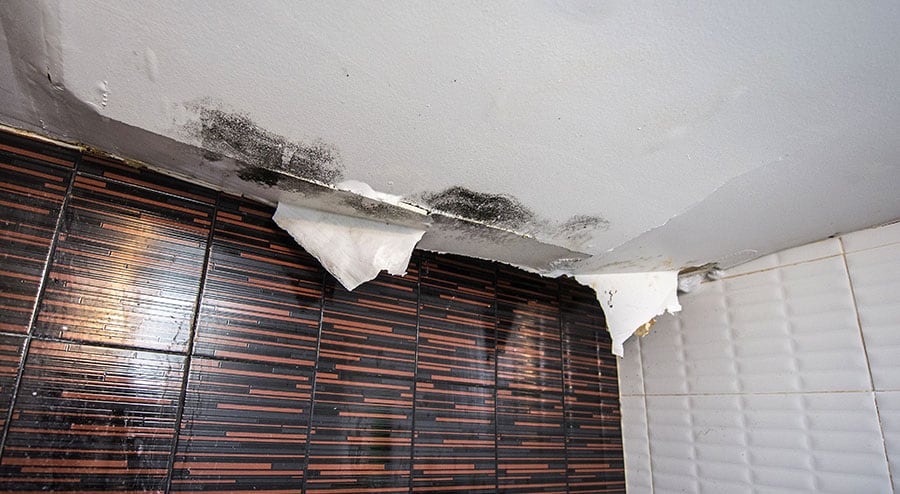Do's as well as Don'ts During Water Damage Emergency Situations.
Do's as well as Don'ts During Water Damage Emergency Situations.
Blog Article
Are you currently trying to find guidance around Preventing Fires and Water Damage In Your Home?

Water provides life, water invasion on parts where it's not intended to be can result in damage. Homes with water damages smell old and also moldy.
Water can come from many resources such as typhoons, floodings, burst pipes, leakages, as well as sewage system problems. In case you experience water damages, it would be excellent to know some safety preventative measures. Here are a couple of guidelines on exactly how to manage water damage.
Do Prioritize Residence Insurance Insurance Coverage
Water damage from flooding as a result of heavy winds is seasonal. You can also experience an unexpected flooding when a faulty pipe instantly bursts into your residence. It would be best to have house insurance policy that covers both disasters such as all-natural tragedies, and emergencies like broken plumbing.
Do Not Neglect to Turn Off Utilities
In case of a calamity, especially if you reside in a flood-prone location, it would certainly be suggested to turn off the major electric circuit. This cuts off power to your whole house, stopping electrical shocks when water can be found in as it is a conductor. In addition, do not forget to turn off the primary water line shutoff. Furnishings will certainly relocate about as well as trigger damage when floodwaters are high. Having the primary valve turned off avoids additional damage.
Do Stay Proactive and also Heed Climate Signals
Tornado floodings can be extremely unpredictable. Remain positive and prepared if there is a background of flooding in your community. If you live near a creek, river, or lake, pay attention to emptying warnings. Obtain belongings from the ground floor and also cellar, then put them on the highest feasible level. Doing so reduces possible building damages.
Don't Disregard the Roof
You can avoid rain damage if there are no openings and also leakages in your roof. This will stop water from moving down your wall surfaces and soaking your ceiling.
Do Focus On Tiny Leaks
A burst pipe doesn't happen overnight. You may notice bubbling paint, peeling off wallpaper, water touches, water discolorations, or trickling sounds behind the wall surfaces. Have your plumbing fixed before it results in huge damages.
Don't Panic in Case of a Ruptured Pipeline
Keeping your presence of mind is important in a time of crisis. Due to the fact that it will certainly stifle you from acting fast, worrying will just intensify the problem. Timing is crucial when it comes to water damage. The longer you wait, the even more damages you can expect. Hence, if a pipeline bursts in your house, instantly shut off your main water shutoff to remove the source. After that unplug all electrical outlets in the location or shut off the circuit breaker for that part of your house. Ultimately, call a respectable water damage reconstruction expert for assistance.
Water provides life, water breach on parts where it's not meant to be can result in damage. Houses with water damages smell musty as well as old.
Water damages from flood fees to hefty winds is seasonal. You may observe gurgling paint, peeling wallpaper, water touches, water discolorations, or dripping noises behind the wall surfaces. When it comes to water damage, timing is key.
Some Do's & Don't When Dealing with a Water Damage
DO:
Make sure the water source has been eliminated. Contact a plumber if needed. Turn off circuit breakers supplying electricity to wet areas and unplug any electronics that are on wet carpet or surfaces Remove small furniture items Remove as much excess water as possible by mopping or blotting; Use WHITE towels to blot wet carpeting Wipe water from wooden furniture after removing anything on it Remove and prop up wet upholstery cushions for even drying (check for any bleeding) Pin up curtains or furniture skirts if needed Place aluminum foil, saucers or wood blocks between furniture legs and wet carpet Turn on air conditioning for maximum drying in winter and open windows in the summer Open any drawers and cabinets affected for complete drying but do not force them open Remove any valuable art objects or paintings to a safe, dry place Open any suitcases or luggage that may have been affected to dry, preferably in sunlight Hang any fur or leather goods to dry at room temperature Punch small holes in sagging ceilings to relieve trapped water (don't forget to place pans beneath!); however, if the ceiling is sagging extremely low, stay out of the room and we'll take care of it DO NOT:
Leave wet fabrics in place; dry them as soon as possible Leave books, magazines or any other colored items on wet carpets or floor Use your household vacuum to remove water Use TV's or other electronics/appliances while standing on wet carpets or floors; especially not on wet concrete floors Turn on ceiling fixtures if the ceiling is wet Turn your heat up, unless instructed otherwise

I stumbled upon that content about Fire And Water Damage Prevention when browsing on the search engines. Liked our content? Please share it. Let somebody else locate it. Thank-you for your time spent reading it.
Report this page